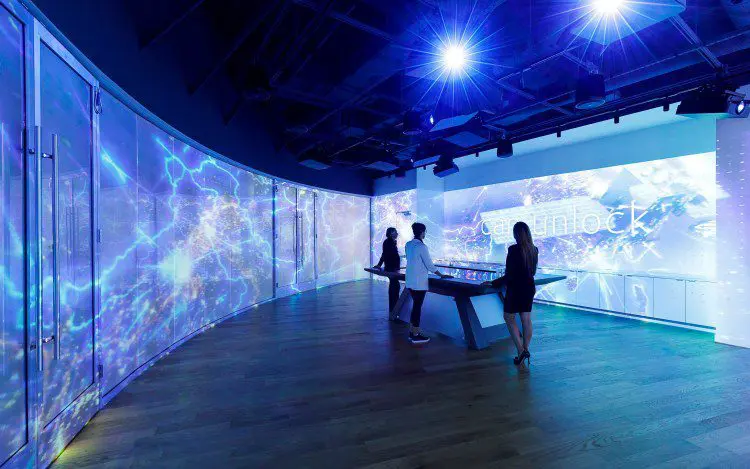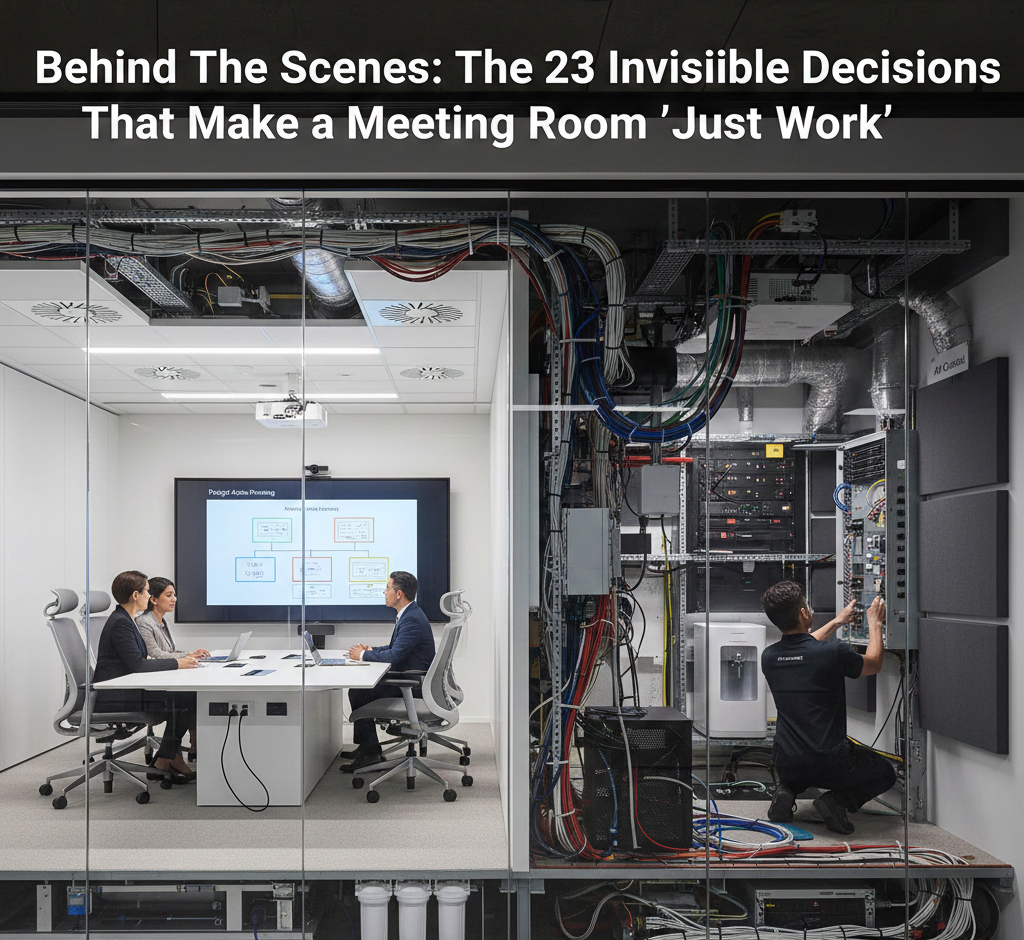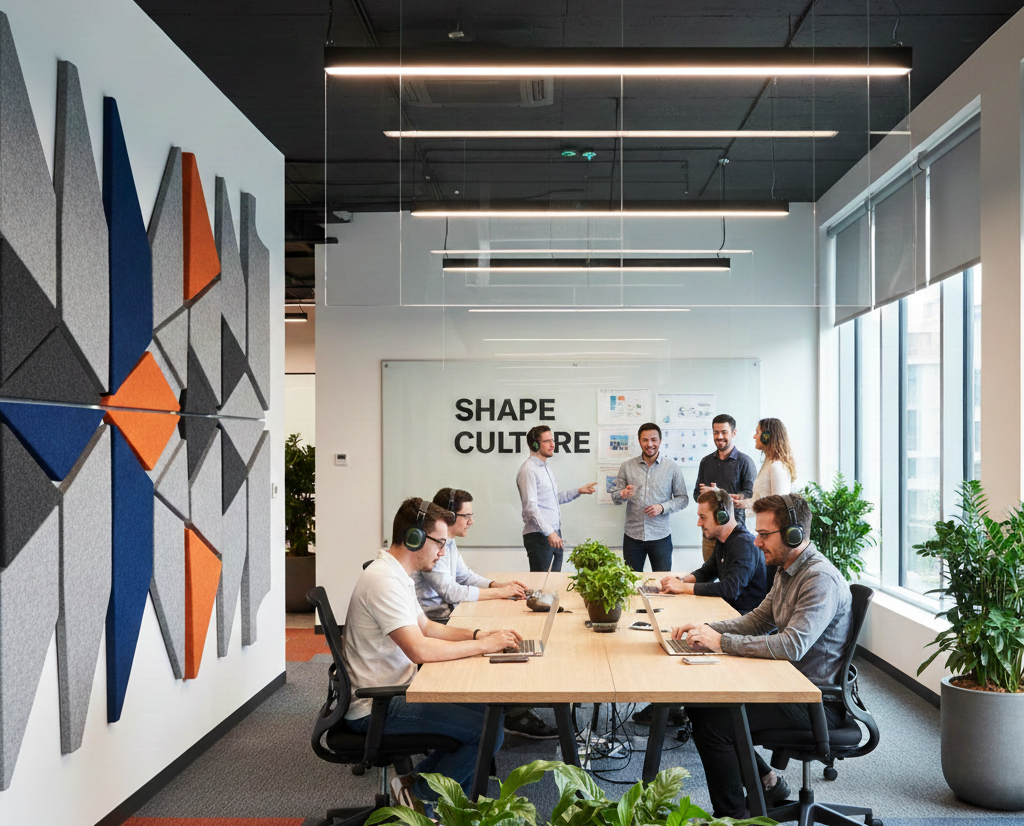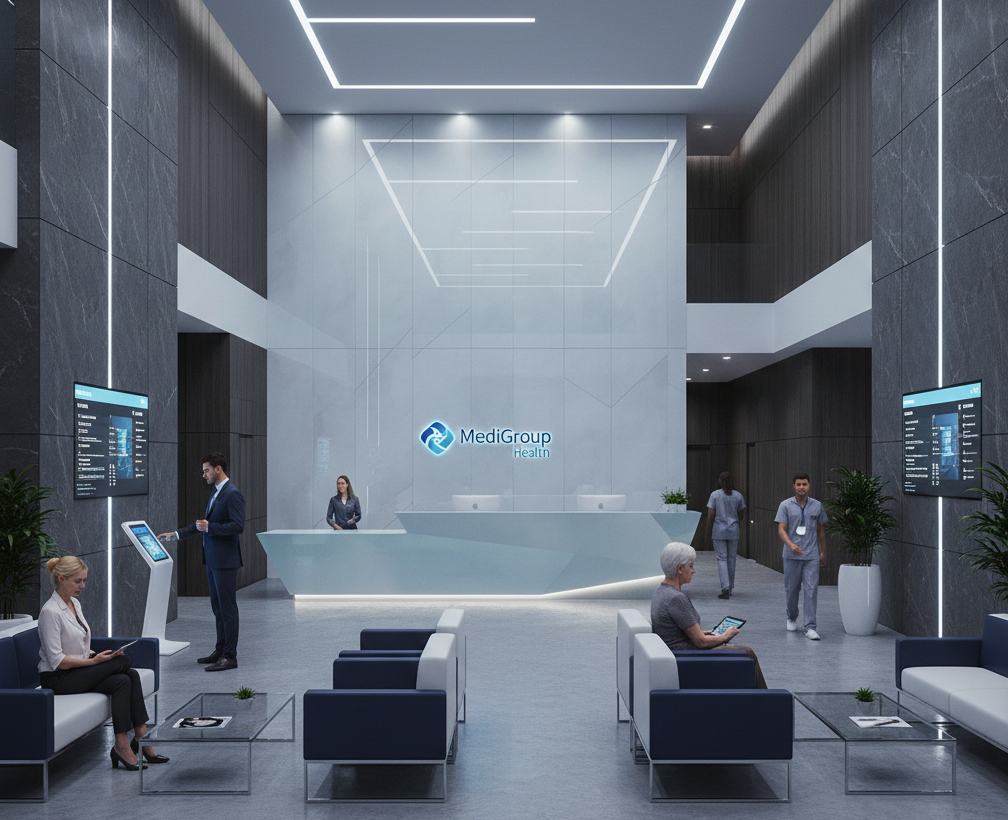The BMW Group officially launched its BMW 7 series collection recently. As you would expect, the launch was accompanied by fantastic light installations and pioneering storytelling. Projection mapping truly helped to set their brand narrative apart while transforming the customer experience to meet the standards of an iconic global brand like BMW. This was achieved in large part by using a dazzling mix of art and technology via projection mapping.
Today, practically every brand can leverage projection mapping to enable exceptional audiovisual experiences, driving visibility, recognition, and interaction. It revolutionizes how brands communicate with consumers and provides a diversely powerful setting to create a more engaging and compelling experience.
So, what is so special about projection mapping, and how can you use it to transform your brand? Read on to find out!
Understanding Projection Mapping
Projection mapping is an inventive technology that is now being heavily relied upon by brands across venues to deliver visual experiences and keep audiences entertained. Projecting dynamic visuals onto stages and buildings changes how stories are told, and content is delivered.
With this technology, companies can captivate the audience and offer an exceptional emotional experience. These displays create memorable spectacles that grab public attention, create buzz, and provide a unique way of targeting potential customers.
According to research, the projection mapping market is predicted to reach $7.9 billion by 2026, growing at a CAGR of 23.4%. This industry’s global growth is driven by increasing competition, rising advertising budgets, and the growing desire for out-of-this-world experiences.
Projection Mapping: Top Use Cases
From crowded street corners to live concerts, projection mapping enables businesses across industries to be seen. Many companies are venturing into projection mapping to enhance audience experiences through immersive visuals and interactive displays.
Here are some ways companies in different sectors can take advantage of projection mapping:
- Projection mapping can allow for an attractive display of eye-catching details to lure potential consumers into the retail store.
- Food and beverage companies can project their latest flavours on the walls of prominent buildings to attract attention.
- Auto manufacturers could use projection mapping to tell the story of their latest car in terms of its own plush interiors or engine capabilities.
- Educational institutions can display innovative videos and content on giant screens to dive into history or showcase subject matter expertise.
- Technology companies can bring device features to life via projection mapping technology.
- The hospitality industry can use projection mapping to transport guests into an immersive world of food and travel.
- Public sector companies can build cutting-edge experience centres to visualize plans and projections and explore the connections between diverse sectors.
- Real estate firms can offer immersive walk-throughs and demonstrate high-end interiors across their latest residential projects.
- Healthcare institutions can present research and reports using projection mapping, making presentations more effective and engaging.
As brands face fierce competition for audience attention, projection mapping helps them attract their audiences by creating more immersive experiences that become memorable. Using interactive elements, brands can engage crowds in crowded streets and busy conferences. Large-scale visuals help draw attention while keeping audiences engaged and making the brand experience memorable.
The Role of Projection Mapping in Branding
Modern AV technologies can make any brand’s experience truly unforgettable. Project mapping effectively enables this through the application of 3D video, Augmented Reality (AR), and Virtual Reality (VR). It allows brands to captivate audiences in interactive ways and create lasting impressions.
Projection mapping is becoming increasingly common in providing visitors with interactive and educational experiences. Companies can create engaging narratives that enhance learning and visitor engagement by projecting animations and content onto artefacts and walls. Turning ordinary surfaces like buildings into dynamic visual displays opens doors to several advantages for organizations:
- Improved storytelling: Through projection mapping, brands can transform everyday places into environments where their brand story comes alive. This transforms boring content into attractive experiences, thus engaging audiences.
- Better customer engagement: Projection Mapping forms emotional connections and memorable brand experiences. Organizations with massive, stunning visual displays can attract and captivate everybody’s attention and create a buzz around their latest product.
- Stronger brand visibility: Using projection mapping, customers can view and interact with products in a more immersive way. This improves the customer experience in general and the possibilities of social sharing, thus extending reach.
Carving the Future of Projection Mapping
As technology and art converge, projection mapping offers new, exciting use cases for advertising and promotion. By integrating augmented reality (AR) and mixed reality (MR) with projection mapping, brands can create highly experiential and interactive campaigns. From creating high-impact and memorable experiences to engaging audiences in new and meaningful ways, projection mapping is set to change everything in branding. Whether you want to launch a new product or showcase your latest design, projection mapping is the answer to make your audience gravitate to your brand. Transform physical spaces into immersive environments and bring your brand alive via a captivating story. In one shot, you can immerse customers in your brand’s core message, create emotional connections, and build loyalty.



